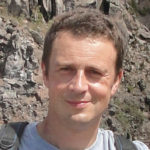
Dejan Zupan
»I am certain more elegant approaches could be found«, my supervisor often said when we had endless discussions on non-linear beams and three-dimensional rotations. I still agree, but the main challenge is to find them in the perspective of high accuracy, robustness and efficiency of numerical solution methods. Within the THREAD consortium such challenges are feasible.

Sudhanva Kusuma Chandrashekhara
ESR 12
Nonlinear dynamics response with nonlinear constitutive material models

Tomaž Šuštar
As an SME provider of specialized numerical modelling solutions we are very enthusiastic about being a part of the THREAD project. This is a great opportunity for our company to collaborate with top experts in the field of numerical modelling of flexible structures in the EU. It represents an excellent starting point for us to enter the application area with our customized solutions.

Muneer Ahmed
ESR 11
Simulation of inelastic Cosserat rods and experimental investigation of their effective constitutive properties

Joachim Linn
Long and thin flexible structures have many different applications throughout various industry branches all over the world, and Cosserat rod models provide a versatile framework for the modeling and simulation of such applications. However, Cosserat rod models are technically quite demanding and rarely touched in the academic education of students. With THREAD we aim to change this situation and provide a new generation of skilled and motivated young researchers with broad, highly interdisciplinary and scientifically profound background in this subject. I hope that in this way THREAD provides the seed to spread knowledge about this academically interesting and likewise useful area

Davide Manfredo
ESR 10
Variational modelling and simulation of complex beams and their optimization
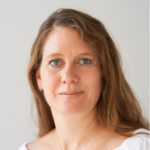
Sigrid Leyendecker
Sigrid Leyendecker is Professor of Applied Dynamics at the Friedrich Alexander Universität Erlangen-Nürnberg. Her research topics are situated in the field of computational mechanics, in particular dynamics and applied mathematics with focus on the development of efficient techniques for the simulation and optimisation of dynamical and control systems with applications to modern engineering and biomechanical questions.
The project of ESR 10 addresses the development of a simulation model for medical devices like endoscopes. The THREAD network constitutes an inspiring and ideally supporting framework for the various challenges from the modeling as well as the numerical point of view involved in this task.
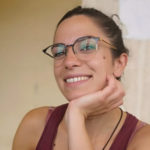
Martina Stavole
ESR 8
Modelling and simulation of cables with transported mass points
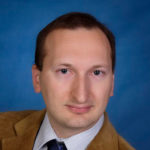
Johannes Gerstmayr
My research focus concerns theoretical, numerical and experimental problems in the field of multibody system dynamics.
As a developer of software tools in multibody dynamics, I see a lot of open theoretical and numerical problems in nonlinear structural dynamics, which is the reason why I like to participate in the ETN. My special focus is on the dynamics of highly slender beams interacting with their surrounding, e.g. in the case of ropeway systems and medical applications, which will be addressed in the project of ESR8.
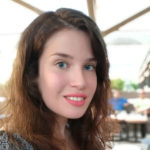
Konstantina Ntarladima
ESR 7
Multibody formulation for the analysis of wire-rope reeving systems
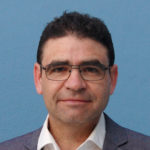
José Escalona
Mechanisms or structures based on cables or ropes represent in Mechanical Engineering lightness and efficiency. Their design poses difficult problems to analyze that involve fascinating aspects associated with geometry, self-contact or internal friction. In THREAD, mathematicians and engineers meet to explore the limits of solid mechanics.
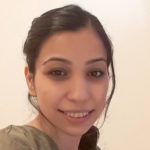
Narges Mohammadi
ESR 6
Identification of complex nonlinear constitutive laws for multi-wire cables

Damien Durville
I see the project as a unique opportunity to bring together diverse and complementary expertise at the European level to advance the field of simulation of slender structures. In this project, I wish to investigate the non-linear phenomena occurring within large cables made of a high number of wires.
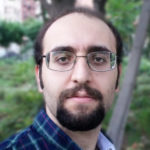
Mohammad Ali Saadat
ESR 3
Mesoscopic modelling and simulation of wiring harnesses
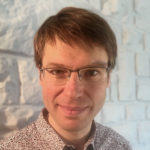
Olivier Brüls
I am a mechanical engineer with a strong passion for mathematical modelling methods and their application to real-life and industrial problems. Cables are ubiquitous in today’s applications, so that the detailed understanding of their behaviour can potentially induce major innovations in numerous fields. Within THREAD, I look forward to explore novel geometric methods and contact solvers in order to capture complex nonlinear phenomena that dominate the mechanical behaviour of cables. We also want to apply these numerical methods to study strand interactions in advanced textile manufacturing processes. I believe that the interdisciplinary approach and complementary skills of THREAD’s consortium will lead to major progresses in numerical methods and simulation software technology.

Amol Kulkarni
